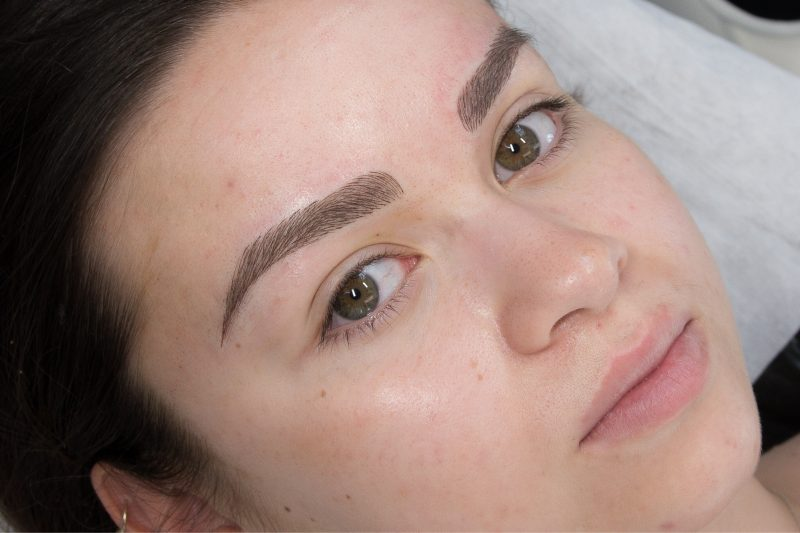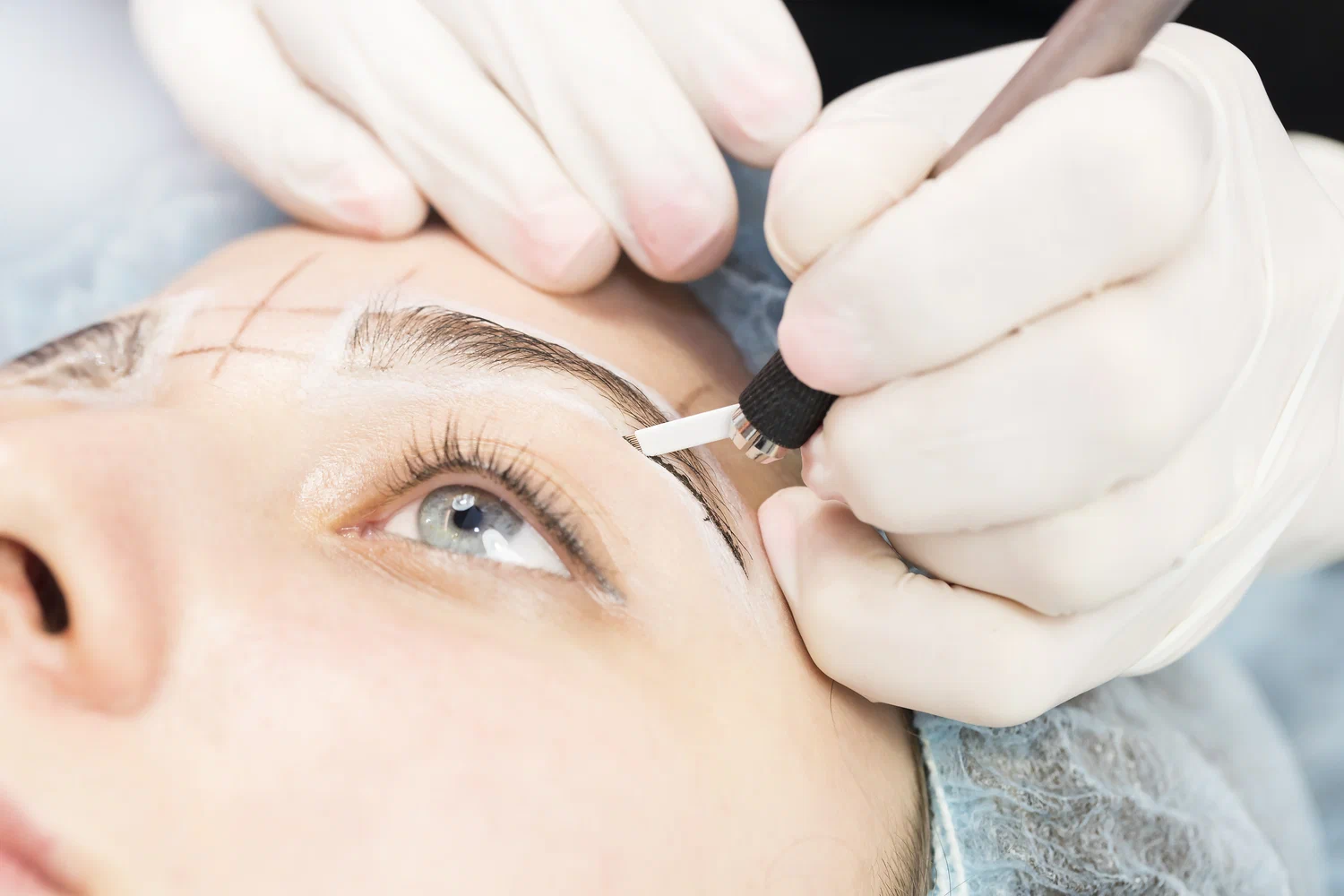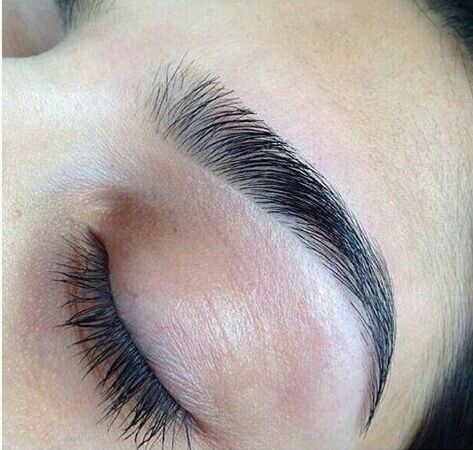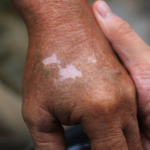Undertaking the decision to remove microblading is not an easy one, but knowing the right techniques and processes can steer you toward a satisfactory resolution. As you seek to either fade or eliminate your microbladed eyebrows, we explore multiple methodologies that range from professional treatments to at-home remedies. The main topic of this guide is to provide a detailed and insightful look into how one can safely and effectively remove microblading. We’ll also touch upon the importance of understanding the procedures, setting realistic expectations, and prioritizing aftercare for optimal skin recovery.
Understanding Microblading and Why Removal Might Be Necessary

Microblading is a semi-permanent tattooing technique that creates the illusion of fuller, well-defined eyebrows. It involves using a handheld tool with fine needles to deposit pigment into the upper region of the dermis, meticulously mimicking the appearance of natural eyebrow hairs. Despite its popularity, there are instances when the outcome may not meet expectations, leading to the desire for removal.
Reasons for Wanting Microblading Removal
Reasons for requiring the removal of microblading vary. Common motivations include dissatisfaction with the shape or color, unexpected changes in the brows over time, or experiencing an allergic reaction to the pigment. As trends evolve, personal style changes, or situations arise where the microblading no longer serves its purpose, removal options become necessary to consider.
Pre-Removal Considerations

Before deciding on a removal method, consulting with a professional is crucial. Licensed estheticians, dermatologists, or tattoo removal experts can provide insights into the most suitable techniques for your skin type. They can also discuss potential outcomes, helping to set realistic expectations.
Identifying Your Skin Type
Understanding your skin type is essential for selecting an appropriate removal method. Certain skin conditions, sensitivities, or melanin levels may impact the effectiveness of removal techniques and influence your choice for either a professional or an at-home approach.
Understanding the Risks and Expectations
Removing microblading comes with inherent risks such as scarring, pigmentation changes, or infection. It’s vital to be well-informed about the possible side effects and long-term impact of each removal method. Setting realistic expectations regarding the time, cost, and number of sessions required is also a key part of the process.
Professional Microblading Removal Techniques
Laser removal is the most advanced and frequently recommended professional technique for eliminating microblading. It employs high-intensity laser beams to break down the pigment in the skin, which is then gradually absorbed by the body. This method is renowned for its precision and effectiveness but may require multiple sessions for complete pigment eradication.
- Advantages and Disadvantages
- What to Expect During the Process
Table: Pros and Cons of Laser Microblading Removal:
| Advantages | Disadvantages |
|---|---|
| High precision | Can be costly |
| Effective on most pigments | Potential for multiple sessions |
| Minimal risk of scarring | Mild to moderate discomfort |
Dermabrasion: Exfoliating Your Way to a Clean Slate
Dermabrasion is a mechanical method that sands down the layers of the skin in order to remove the unwanted microblading pigment. The process involves a rotating device that sloughs off the top layers of the skin, encouraging the body to regenerate smoother, clearer skin. While effective, dermabrasion necessitates a strict aftercare routine to prevent infection and promote healing.
- Preparing for Dermabrasion
- Post-treatment Care
Surgical Removal: A More Invasive Option
In extreme cases where other methods are ineffective, surgical removal can be considered. This involves the physical excision of the pigmented skin, followed by sutured closure. Due to the invasive nature of this technique, it is reserved for special circumstances and carried out under local anesthesia. Post-operative care is vital to prevent scarring and infection.
When contemplating surgical removal, you should discuss with your healthcare provider:
- The size of the area being removed.
- Expected healing time and scar prevention.
At-Home Remedies for Fading Microblading
A saline solution can be a milder alternative to professional tattoo removal methods. It’s applied to the tattooed area to draw out the pigment over a series of treatments. Although less aggressive than laser or dermabrasion, it still requires careful execution and follow-ups.
- Application Techniques
- Saline Solution Aftercare
Exfoliation Methods: Accelerating Skin Cell Turnover
Exfoliation can potentially aid in the gradual fading of microbladed eyebrows by accelerating the turnover of skin cells. When considering exfoliation methods, you have the choice between mechanical exfoliation, like scrubs, and chemical exfoliation, such as alpha-hydroxy acids (AHAs) or retinoids. Safety should be your top priority, as over-exfoliation can damage the skin and exacerbate the problem.
Key differences between natural and chemical exfoliants:
- Natural Exfoliants Vs. Chemical Exfoliants
- Safety Precautions
Topical Creams and Gels: Aid in Fading
There are creams and gels designed to fade tattoos, which may also be effective for microblading removal. Look for products with active ingredients that promote skin cell renewal. Consistent and proper use over time is essential, and it’s best to consult with a skincare professional before starting any new treatment.
In selecting an appropriate topical agent, look for the following ingredients:
- Ingredient to Look For
- Frequency and Method of Application
Aftercare and Skin Healing
A consistent and gentle skincare routine is paramount following any microblading removal method. The emphasis should be on soothing and protecting the treated area. This includes using recommended ointments, avoiding harsh skincare products, and shielding the skin from the sun to prevent discoloration and promote effective healing.
Tips for your post-removal care:
- Protecting and Nourishing Your Skin
- Sun Exposure and Skincare Products to Avoid
When to Seek Medical Advice
Even with the utmost care, complications such as infection, prolonged redness, or allergic reactions may occur after removal treatments. Being vigilant and aware of the signs that require medical attention is essential. If any adverse symptoms persist or worsen, seeking the advice of a healthcare professional is necessary.
Potential complications and when to seek medical advice:
- Possible Side Effects
- Signs That You Need to Visit a Dermatologist
Conclusion
In summary, removing microblading is a process that must be approached with caution and consideration. Whether you choose to pursue professional treatments or explore at-home remedies, ensuring the safety and health of your skin is paramount. Patience and persistence, along with following proper aftercare guidelines, will play a significant role in achieving a successful outcome. It’s always advisable to consult with a skincare expert to tailor a removal plan that suits your individual needs.
FAQs
- How long should I wait before considering microblading removal? Waiting is key when contemplating microblading removal. Ideally, allow at least 6-8 weeks for the pigment to settle and for any potential fading to occur naturally. This period also gives your skin time to heal from the initial procedure.
- Is microblading removal painful? Some discomfort is common with removal methods, particularly with procedures like laser removal and dermabrasion. Topical anesthetics can often be applied to minimize pain, and professional treatments include measures to manage discomfort.
- How many sessions will it take to remove microblading completely? The number of sessions varies depending on the method used, the depth of the pigment, and how your skin reacts to treatment. It can take several sessions, typically spaced several weeks apart, to achieve clear results.
- Can I have microblading done again after removal? Yes, but it’s crucial to wait until your skin has fully healed and consult with a professional to ensure it’s safe to proceed. This may take several months or more after the final removal session.
- Are there any natural remedies to fade microblading? Some individuals report using natural remedies like lemon juice or aloe vera gel to fade microblading, although the effectiveness of these methods isn’t guaranteed. Be cautious with any home remedy, and consider consulting a professional before trying them.


